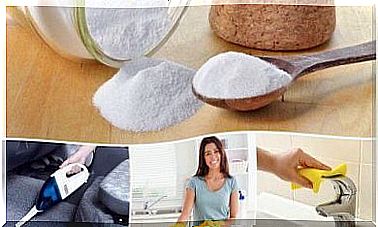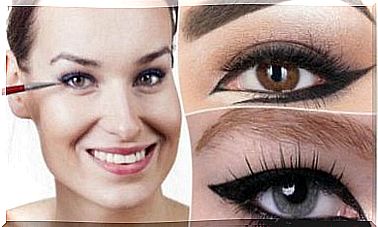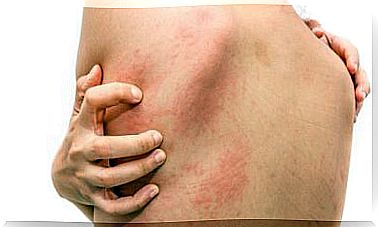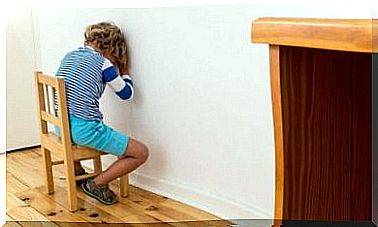7 Ways To Prevent Nail Fungal Infections
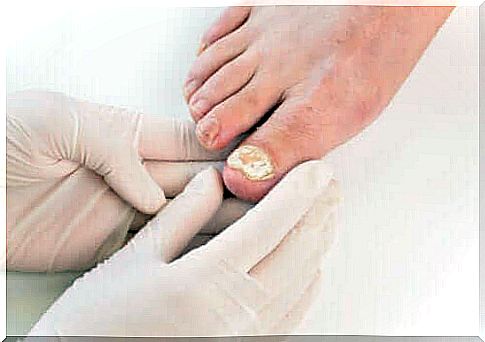
Nail fungal infections are not considered a serious health problem, but the ailment can cause a lot of discomfort. In addition, the infection is difficult to eradicate once it is infected, and even if it succeeds, it is likely to recur. In this article, we will share seven ways to prevent nail fungal infections.
Nail fungal infections are also known as onychomycosis and are caused by microorganisms called dermatophytes . They feed on keratin, a protein found in nails and hair.
These microorganisms thrive best in dark, warm, and humid places, making the inside of shoes a favorable growth environment for them.
7 Ways to Prevent Nail Fungal Infections
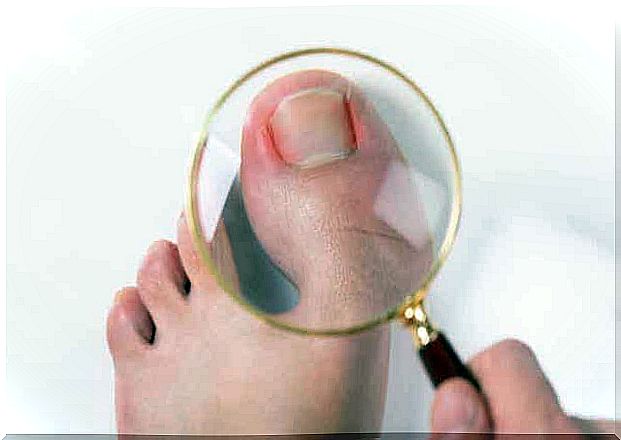
It is always better to try to prevent fungal infections of the nail than to have to treat them, as treatment requires a lot of time and perseverance. The best way to prevent nail fungus is to follow some simple precautions, such as the following. Below you will find seven ways to prevent nail fungal infections!
1. Protecting your feet is a way to prevent fungal infections of the nail
It is not advisable to walk barefoot, especially in warm and humid areas such as a swimming pool, gym, spa, public showers, etc. These surfaces may have a fungus that then adheres to the skin.
2. Cut your nails well
Toenails should be kept short. They should preferably be cut with nail scissors or nail clippers, which should always be disinfected before use. Nails should be cut straight, and if necessary, sharp edges should still be filed flat. These tools are for personal use only and should not be shared with others.
3. Putting powder on shoes is a way to prevent fungal infections
One effective way to prevent nail fungal infections is to put anti-fungal powder on your shoes. The same should be done for socks. This should always be done before putting on these accessories as this will prevent the growth of fungal spores.
4. Recommendations for footwear
Good footwear care is a crucial factor in preventing fungal infections of the nail. The recommendations are as follows:
- Wear proper footwear. Toenails should not be in direct contact with the shoes. So wear the right size shoes that leave enough space around your toes.
- Breathable materials. Fabric and leather shoes allow the feet to breathe better and reduce the risk of fungal infections.
- Change your shoes. The same pair of shoes should not be worn for two days in a row, especially if they are damp from sweat. You may want to recycle more pairs of shoes.
- Antibacterial spray. Shoes should be sprayed with an antibacterial spray, especially if they have been worn without socks.
- Throw your shoes to go. After stopping treatment for a fungal infection, it is best to throw the shoes used during the infection to go.
5. Good foot hygiene is key
Your feet should be washed daily with soap and water and then dried well with a towel. This also applies to the toes.
The use of antifungal powders also helps to reduce moisture in the area. In addition, socks should be washed daily and changed whenever they get wet.
6. Nail cleaning is a way to prevent nail fungal infections
When washing your hands and feet, be sure to wash your nails as well. They should be rubbed with soap to prevent the risk of infection. A nail brush can be a good option as many sponges settle under the nails. Hands should always be washed after touching an infected nail.
7. A few other ways to prevent nail fungal infections
If the skin on your feet cracks due to dryness, it should be moisturized. The fungus can get into the legs through these cracks. The skin lesions around the nails should also be treated quickly from underneath, as they can allow microorganisms to enter.
It is not recommended to use nail polish or artificial nails during nail fungus. In fact, these products should never be used as they promote the growth of such microorganisms. It is also important to make sure that the beauty salon you visit takes proper hygiene precautions if you go for a manicure or pedicure.
How to identify a nail fungal infection
Signs of nail fungal infection include:
- The color of the nail changes. A white dot or a brown or yellow line is a sign of a fungus. Sometimes the nails look dark due to the accumulation of residue under the nail.
- Structural changes. Thickened, brittle, slippery, or uneven nails indicate a fungus.
- Change of shape. An abnormal shape of the nail may indicate a fungal infection.
- Pain or swelling around the nail.
- Itchy feeling in the area.
- Bad smell on the nail.
Risk factors for nail fungal infections
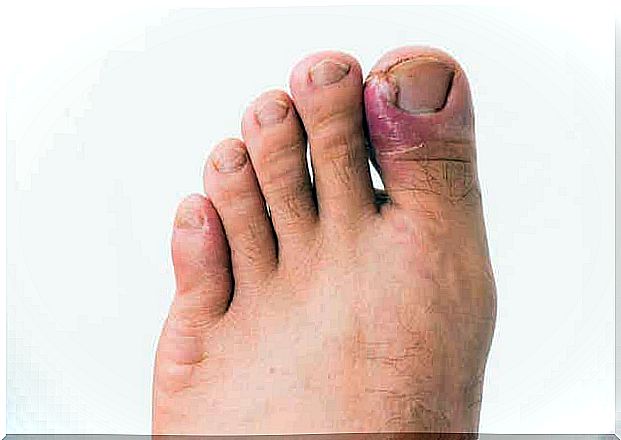
Older people are at higher risk of getting a nail fungal infection because they have slower nail growth, poorer blood circulation, and more exposure to fungi during their lifetime.
People with diabetes and a weak immune system are also more prone to getting nail fungus. People with ankylosing spondylitis often transfer the fungus from the skin to their nails.
People with a disease that causes skin damage, such as psoriasis, are also at higher risk. Long-term use of antibiotics also increases the risk of nail fungus, as do overweight, hyperhidrosis, urinary incontinence, and pregnancy.
Prevention is the best remedy for nail fungus infections
Nail fungal infections are difficult to treat. Usually, people first resort to home trunks to get rid of them.
If home fixation is not helpful, it is best to see a doctor. In this case, more robust treatment may be needed.
Fungicides are sometimes needed to eradicate the infection. In the most severe cases, the nail may need to be removed completely with surgery to treat the problem.


